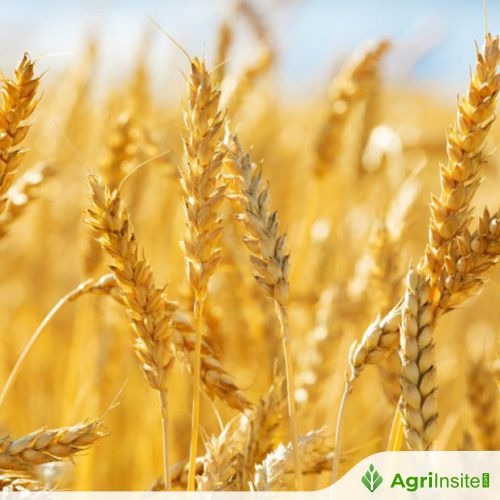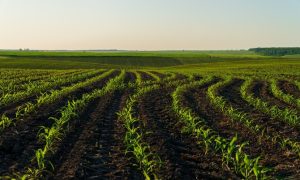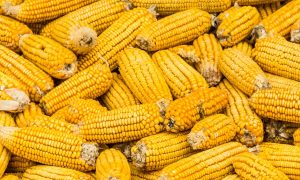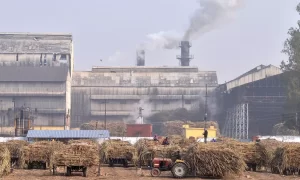Haryana : Rain brings relief for wheat crop, cold wave grips state

Rainfall across Haryana has intensified the cold wave, with varying amounts recorded in different regions. The rain has been beneficial for wheat crops, ensuring adequate moisture for growth, according to experts. However, there is a concern about yellow rust in wheat crops, and farmers are advised to monitor their fields closely. Despite the rain’s benefits for agriculture, the cold weather has made residents seek warmth indoors.
Rainfall and drizzling on Sunday intensified the winter chill across Haryana, prompting many residents to stay indoors. Bonfires were a common sight as people sought relief from the biting cold.
Rainfall amounts varied across the state, with Ambala recording the highest at 20.5mm, followed by Mahendragarh (14mm), Hisar (13mm), Bhiwani (6mm) and Sonepat (5mm). Karnal recorded 1.6mm, while Rohtak, Sirsa, Charkhi Dadri, Faridabad and Gurugram each reported 3-3.5mm. Yamunanagar received the lowest rainfall at 1.5mm.
Despite the cold weather, the minimum temperature rose by 2°C compared to Saturday, though it remained 3.6°C above the seasonal norm. Narnaul reported the lowest minimum temperature in the state at 6.8°C. Other cities recorded higher minimum temperatures, including Ambala (11°C), Karnal (11.4°C), Hisar (9.5°C), Rohtak (8.8°C) and Gurugram (7.9°C).
The recent rainfall has been beneficial for the wheat crop, according to scientists at the Indian Institute of Wheat and Barley Research (IIWBR). “Rainfall at this stage is beneficial for wheat crop as it will ensure adequate moisture for healthy growth,” said Dr Ratan Tiwari, Director of IIWBR.
Dr Tiwari said the last significant rainfall occurred on January 3, leaving a gap of nearly 10 days. However, he cautioned farmers about the risk of yellow rust in wheat crops and issued an advisory urging vigilance.
“The current climatic conditions are highly conducive to the occurrence of yellow rust, so there is a need to monitor crops,” he said. Dr Tiwari also recommended that farmers should consult local agricultural institutions or Krishi Vigyan Kendras (KVKs) to accurately diagnose symptoms. “Yellowing of leaves does not always indicate yellow rust,” he added.
The rainfall, while welcome for agriculture, has amplified the winter chill across the state, leaving residents bracing for colder days ahead.
To read more about Wheat News continue reading Agriinsite.com
Source : The Tribune

















